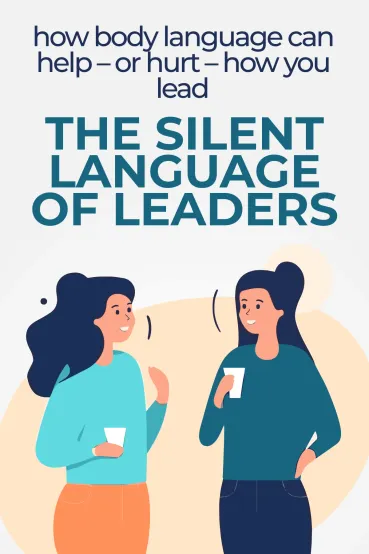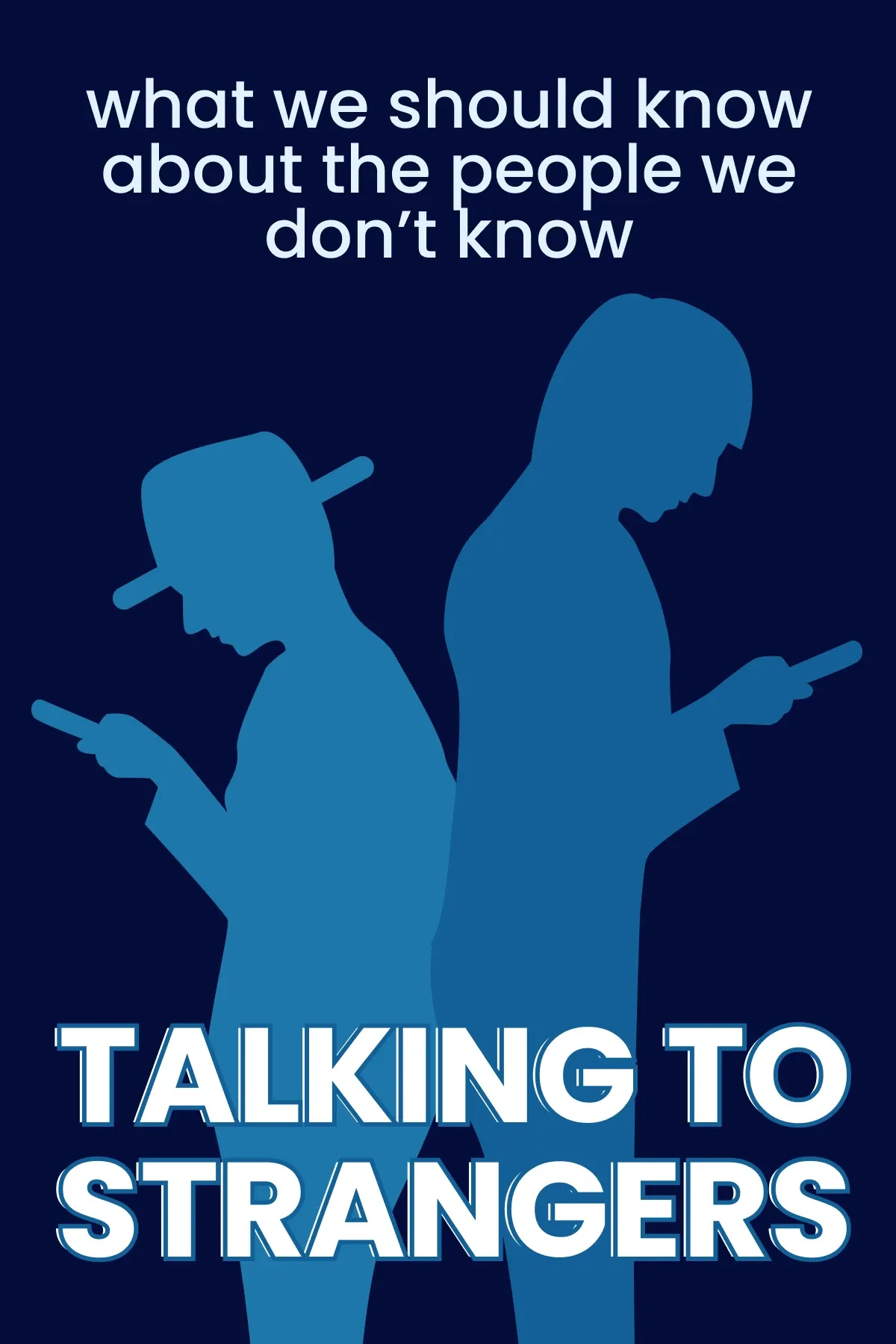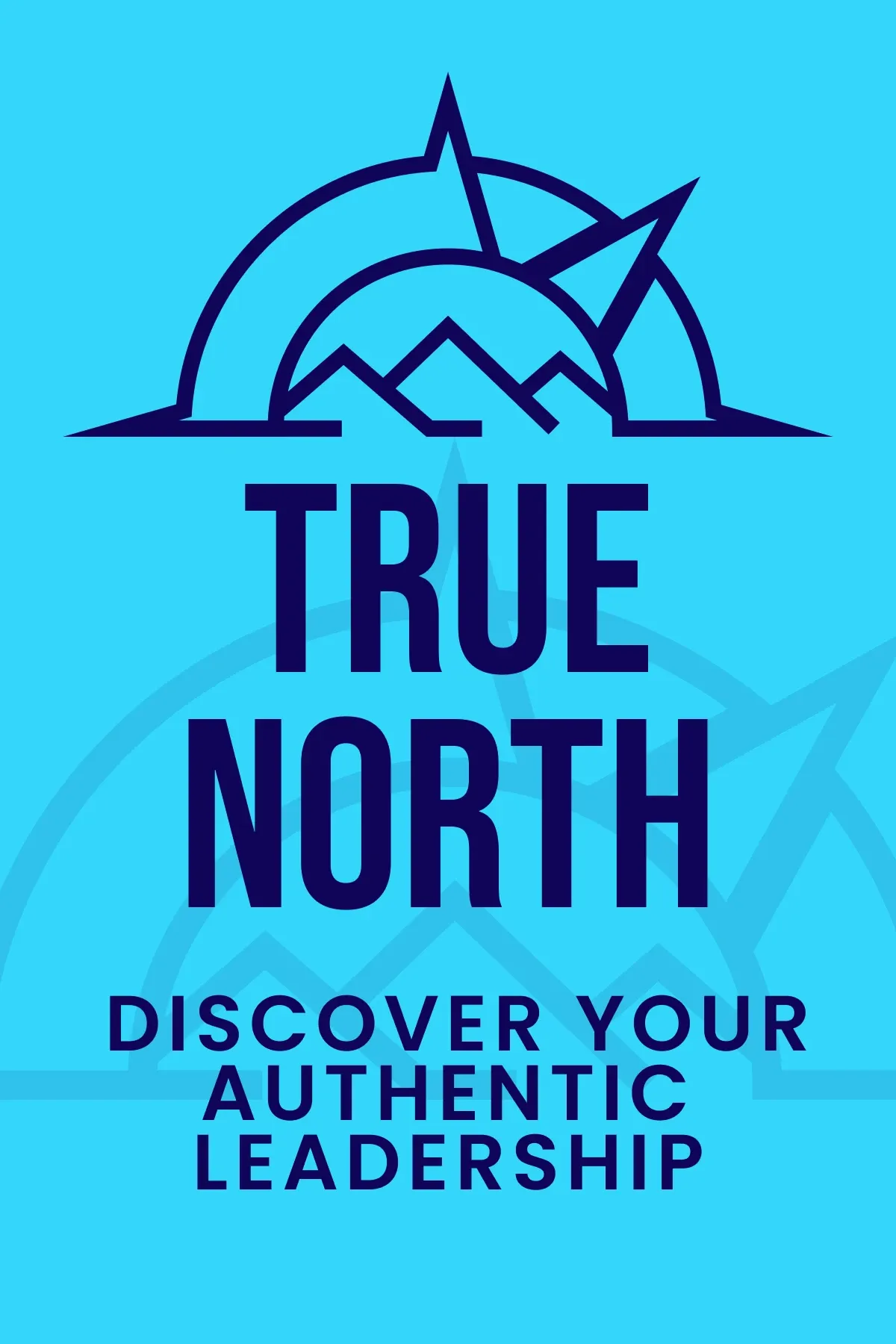
The Silent Language of Leaders
Brief Summary
Every leader wants to be recognized by their peers and achieve the best results during negotiations. However, no matter how good they are at what they do, they often face problems of miscommunication. It is not about a lack of professionalism, it’s about using non-verbal communication, which is the main topic in “The Silent Language of Leaders”.
Topics
Key points
Key idea 1 of 10
What makes a good leader? People's responses vary depending on their individual experiences and beliefs. However, there is a universal truth that many neurobiologists and psychologists worldwide have agreed upon. *The leader* must be aware of their body language and be an expert in nonverbal communication.
In the context of nonverbal communication, we examine an individual's body language across various dimensions. Every aspect holds significance, from appearance and posture to charisma, facial expressions, and the duration of eye contact. Additionally, touch, smell, and sound also play a crucial role in this dynamic. These elements contribute to forming opinions, whether positive or negative, about an individual, a company, or even the country they represent.
It is not surprising that such a topic has attracted the attention of many brilliant minds. For instance, the MIT Media Lab and Duke University delved into exploring the impact of nonverbal communication on business relationships. With modern sociometers that observe and analyze non-verbal signals, we can comprehend the outcomes of negotiations from the very first minutes. In the study of deceptive communication, the author of this book, Carol Goman, discovered an unexpected fact: many leaders underestimate or even fail to realize the depth and importance of nonverbal communication.
Today, we no longer rely on telegrams and paper letters, where only the ink that someone left on the paper holds some kind of meaningful value. In the age of modern technology, we can always hear and see our interlocutor, regardless of their location. This is why intercultural communication is developing incredibly, spreading over larger and larger areas. Unsurprisingly, a new challenge arises for leaders: the ability to work in a multicultural space, to integrate and adapt. Any misinterpretation can create communication barriers.
You may also like these summaries











